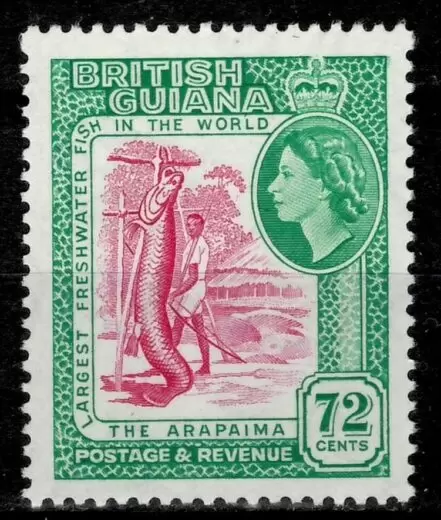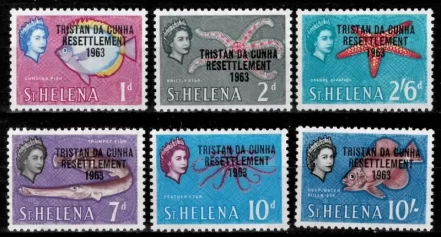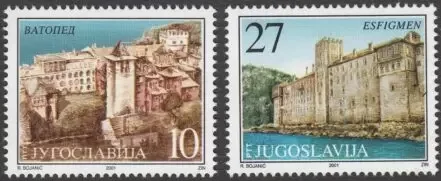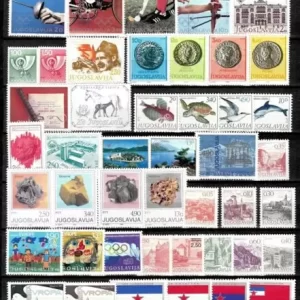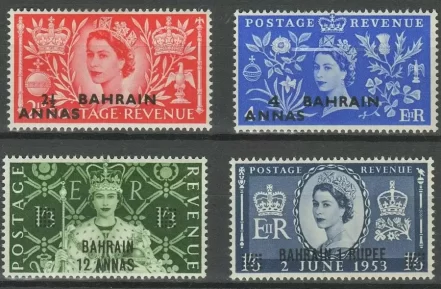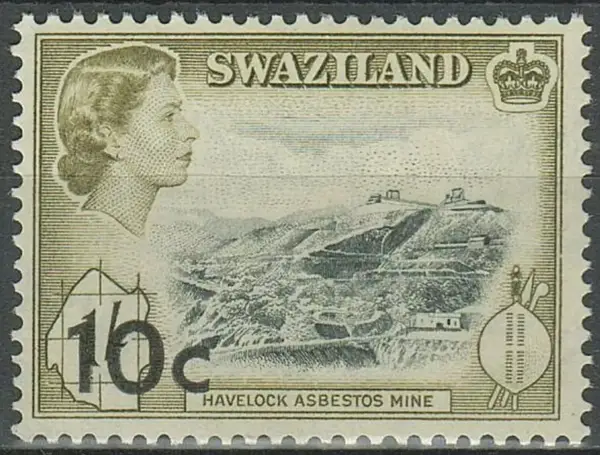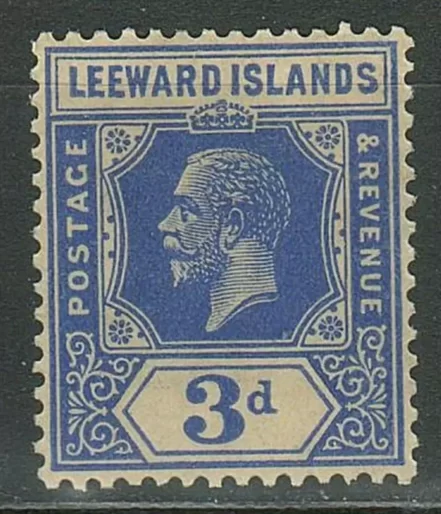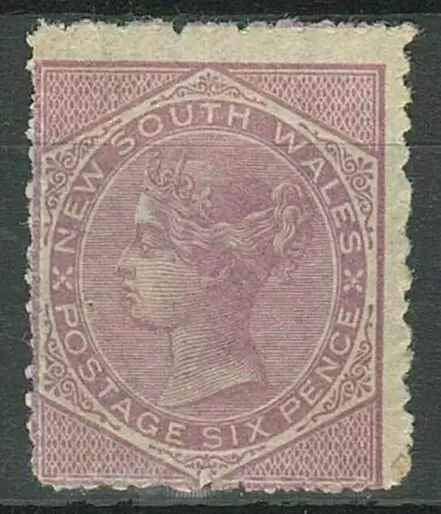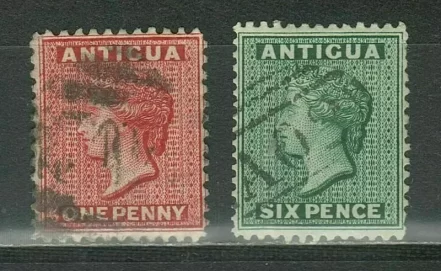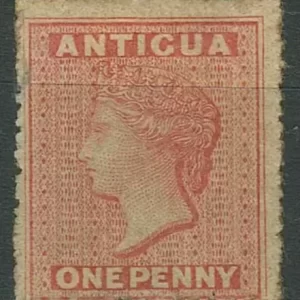British Guiana year 1954 stamp ☀ Fish / 72c / MNH **
The 72-cent stamp from the 1954 Definitive Issue is a significant value in the set, and the fish it features is one of the most remarkable creatures from the region’s vast river systems.
Here are the details for the stamp:
🐟 British Guiana 1954: The Arapaima (72c)
| Feature | Detail |
| Issuing Authority | British Guiana |
| Year of Issue | 1954 (Part of the Queen Elizabeth II Definitives) |
| Monarch | Queen Elizabeth II (Portrait in the corner) |
| Denomination | 72 Cents (72c) |
| Subject | The Arapaima (Arapaima gigas) |
| Color | Typically rendered in a combination of Brown and Green (or similar subdued colors) |
| Catalog Numbers | Stanley Gibbons (SG) N° 342 (or similar, depending on the specific printing) |
| Significance | The Arapaima is one of the largest freshwater fish in the world, native to the Amazon and Essequibo River basins, making it an excellent symbol of the colony’s natural resources. |

